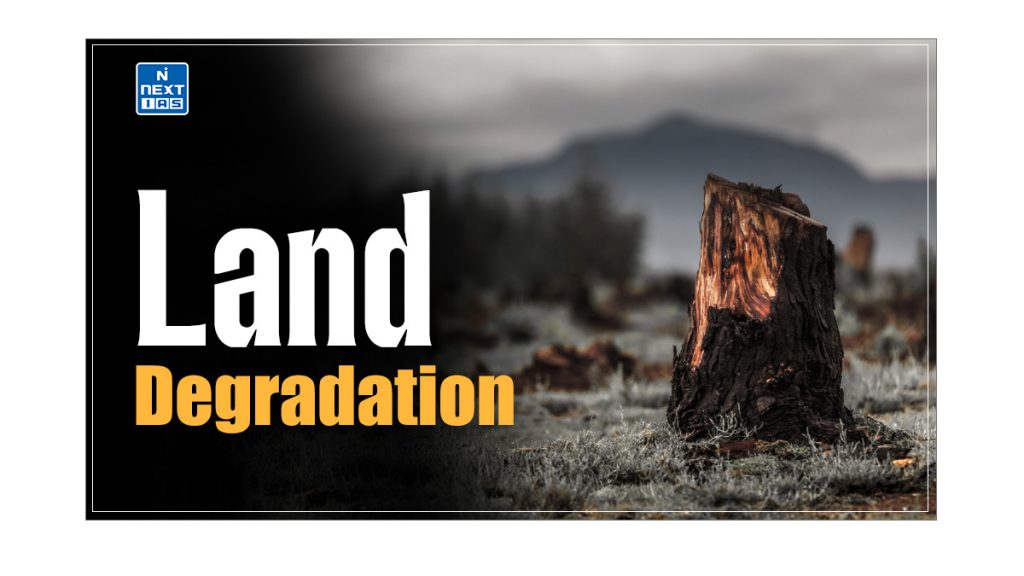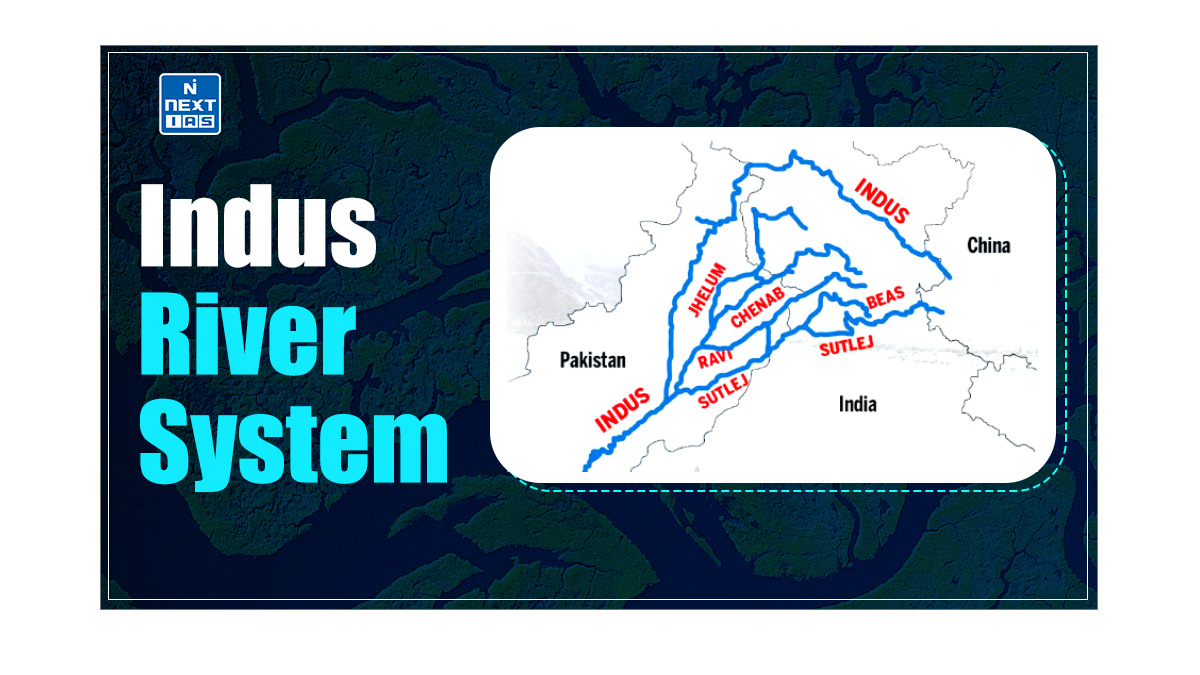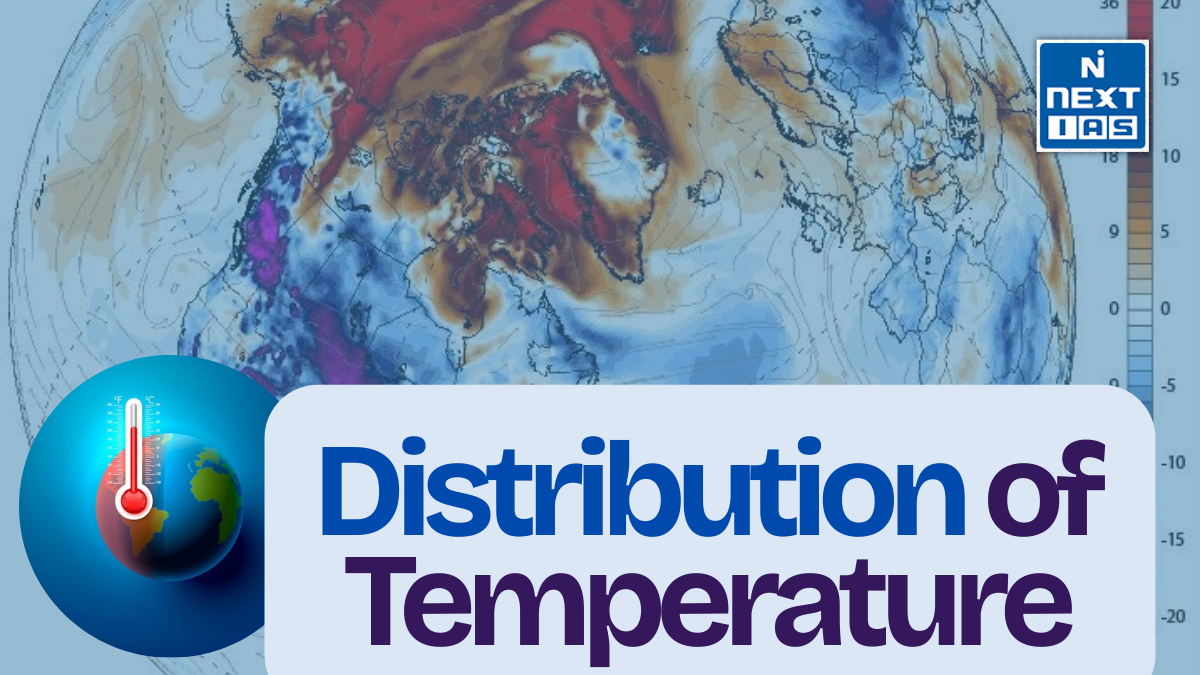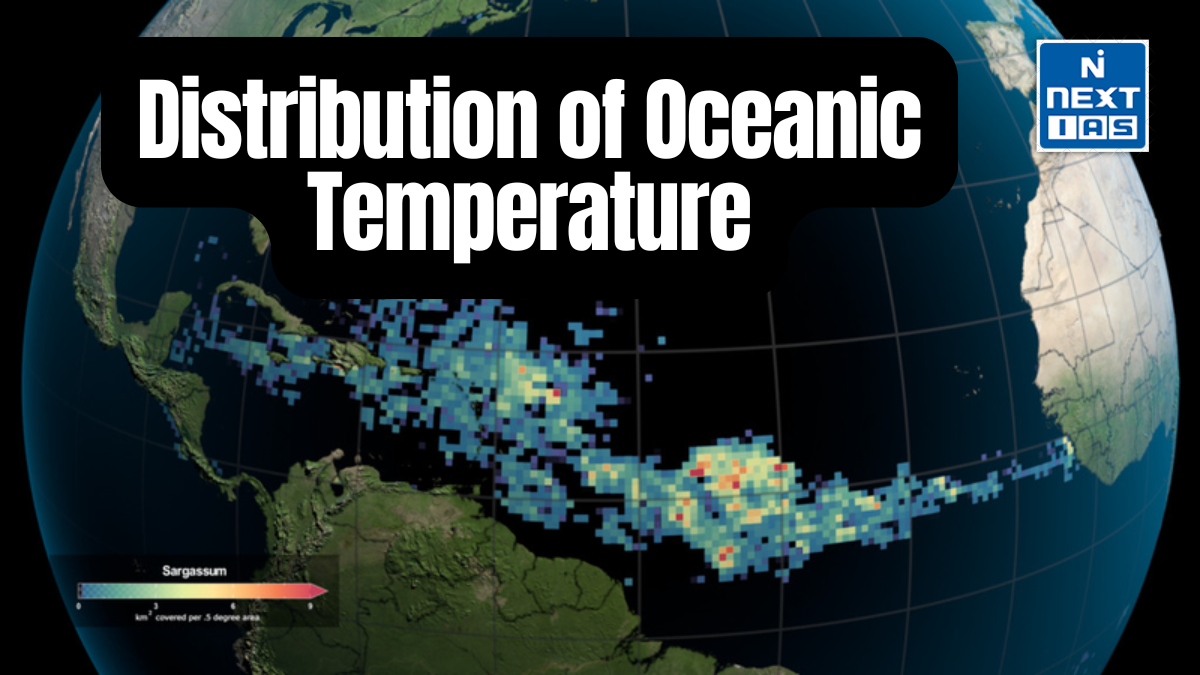
Land degradation is a critical environmental issue that significantly impacts agricultural productivity, biodiversity, and ecosystem health. It refers to declining land quality and productivity due to natural and human-induced factors. This article aims to study in detail the meaning, causes, effects, and measures to address the problem of land degradation.
What is Land Degradation?
- Land degradation refers to the deterioration of the land’s quality and productivity due to various factors, which reduce its ability to support vegetation and agricultural activities.
- This process can be caused by natural factors like erosion, drought, climate change, and human activities such as deforestation, overgrazing, and improper agricultural practices.
Key Aspects of Land Degradation
The key aspects of the Land Degradation includes:
- Soil Erosion – The removal of the topsoil layer by wind or water leads to soil fertility and productivity loss.
- Soil Salinization – The accumulation of salts in the soil, often due to irrigation practices, can make the land less fertile and unsuitable for crops.
- Desertification – The process of fertile land becoming desert, typically due to prolonged drought and deforestation.
- Loss of Vegetation – Removing plant cover due to deforestation or overgrazing reduces soil stability and increases erosion.
- Pollution – Contamination of soil and water resources by chemicals and waste products, affecting soil health and productivity.
Land Degradation in India
The status of land degradation in India are listed as follows:
- According to a recently released State of India’s Environment 2017 report, nearly 30 per cent of India is degraded or facing desertification.
- Of India’s total geographical area of 328.72 million hectares (MHA), 96.4 MHA is under desertification.
- In eight states—Rajasthan, Delhi, Goa, Maharashtra, Jharkhand, Nagaland, Tripura, and Himachal Pradesh—approximately 40 to 70 per cent of the land has experienced desertification.
- Additionally, 26 out of 29 Indian states have reported an increase in the areas undergoing desertification over the past 10 years.
- The loss of soil cover, primarily due to rainfall and surface runoff, contributes to desertification.
Causes of Land Degradation
The causes of land degradation are as follows:
- Water Erosion – Water Erosion is a widespread form of degradation that occurs in all agroclimatic zones of India.
- It can occur through splash, sheet, rill, and gully erosion.
- Soil erosion starts with the raindrops falling onto the bare soil surface.
- The impact of raindrops breaks up surface soil aggregates and splashes particles into the air.
- On sloping land, detached soil material flows with runoff down the slope, resulting in soil loss. An area of about 126 Mha has been suffering from various degrees of water erosion.
- Wind Erosion – This type of erosion basically involves displacements of soil particles by wind.
- Usually, the soil is removed in thin layers as sheet erosion, but the wind’s effect can sometimes carve out hollows and other features.
- Wind erosion is a function of wind velocity, soil characteristics, and land use.
- Land degradation due to wind erosion is limited to the arid regions of India. An area of 11 Mha suffers from wind erosion of various intensities.
- Acidic Soil – Acidic soil develops in humid areas due to excessive leaching of cations with high rainfall.
- This results in a lower pH and loss of soil fertility. Chemical amendments like lime can reclaim soil.
- About 6.98 Mha are affected by acidic soils, which is about 9.4% of the soils classified into saline, sodic, and saline-sodic.
- Salt-affected soils – These soils contain excessive soluble salts, exchangeable sodium, or both, affecting crop yield and production.
- Depending upon the physiochemical properties and the nature of the salt, the soils are classified into saline, sodic, and saline-sodic.
- Flood, Drought and Other Climatological Extremes – Flood, drought and other climatological extremes are common in many parts of the country.
- These natural disasters cause widespread land degradation, heavy monetary losses, and a serious setback to a country’s economic development.
- It has been estimated that eight major river valleys spread over a 40 Mha area of the county, covering 260 million people.
- Besides environmental degradation, poverty and marginalisation are the other significant factors.
Impact of Land Degradation
The impact of land degradation can be seen as follows:
- Decline in Agricultural Productivity – Reduced soil fertility leads to lower crop yields and affects food security.
- Loss of Biodiversity – Degradation of land results in habitat loss for many species, reducing biodiversity.
- Water Scarcity – Soil erosion and degradation reduce water retention capacity, exacerbating water scarcity issues.
- Increased Poverty – Reduced agricultural output directly affects farmers’ livelihoods, increasing poverty in rural areas.
- Climate Change Amplification – Land degradation contributes to increased greenhouse gas emissions, worsening the effects of climate change.
- Health Hazards – Degraded land can lead to dust storms and other environmental issues that pose health risks to nearby populations.
- Migration and Displacement – Decreased land productivity can force people to migrate to urban areas in search of better opportunities, leading to urban overcrowding.
- Economic Losses – The overall economy suffers from decreased agricultural productivity and increased costs associated with combating land degradation.
Measures to Address Land Degradation
Several measures can be adopted to address the problem of land degradation, which are as follows:
- Afforestation activities like agroforestry, silviculture, and social forestry should be adopted to protect agricultural land from further deterioration.
- Afforestation of degraded and wastelands should be given priority.
- Reclamation of acidic, saline, and sodic soils should be prioritised in districts heavily affected by them in different states.
- Cultivation of bio-fuel production plants and fuel trees/crops should be encouraged in degraded wastelands.
- Mineral and mining explorations should be made in degraded areas to protect good lands from deterioration.
- Wastelands due to mining should be reclaimed with suitable technologies.
- Integrated farming systems need to be developed and evaluated in different agroecological regions of the country to maximise productivity and profitability.
- Integrating and balancing the nutrient doses in relation to nutrient status and crop requirements can increase nutrient use efficiency and achieve higher partial and total productivity.
- Soil polluted by heavy metals or toxic substances and excessive use of agrochemicals can be ameliorated through phytoremediation, bioremediation, and manipulating microbial catabolic genes.
- A suitable soil quality indicator must be developed to sustain the soil’s hydrological, biological, and production functions.
- Polluters must pay for abusing land resources by dumping industrial or domestic wastes.
- The quality of irrigation water must be maintained, as it plays an important role in agricultural development and requires management to maintain an optimum salt balance in the root zone for productive agriculture.
- Irrigation with poor-quality water may cause an excessive accumulation of salt in the soil’s root zone. This affects the crop yield, quality of produce, and choice of crop to be grown.
Conclusion
Addressing land degradation is essential for sustaining agricultural productivity, protecting ecosystems, and ensuring food security. Implementing measures such as afforestation, soil reclamation, and integrated farming systems can help mitigate the adverse effects of land degradation. Adopting sustainable agricultural practices and enforcing policies to prevent pollution and improper land use are crucial. Taking comprehensive and proactive steps can restore degraded lands and promote a healthier, more sustainable environment.
Frequently Asked Questions (FAQs)
What is Land Degradation?
Land degradation refers to the decline in the quality and productivity of land due to various factors such as deforestation, overgrazing, improper agricultural practices, industrial activities, and natural causes like droughts and floods.
What are the main causes of land Degradation in India?
Land degradation in India is caused by a combination of factors such as deforestation, overgrazing, unsustainable agricultural practices, rapid urbanisation, industrialisation, mining activities, and soil erosion.






